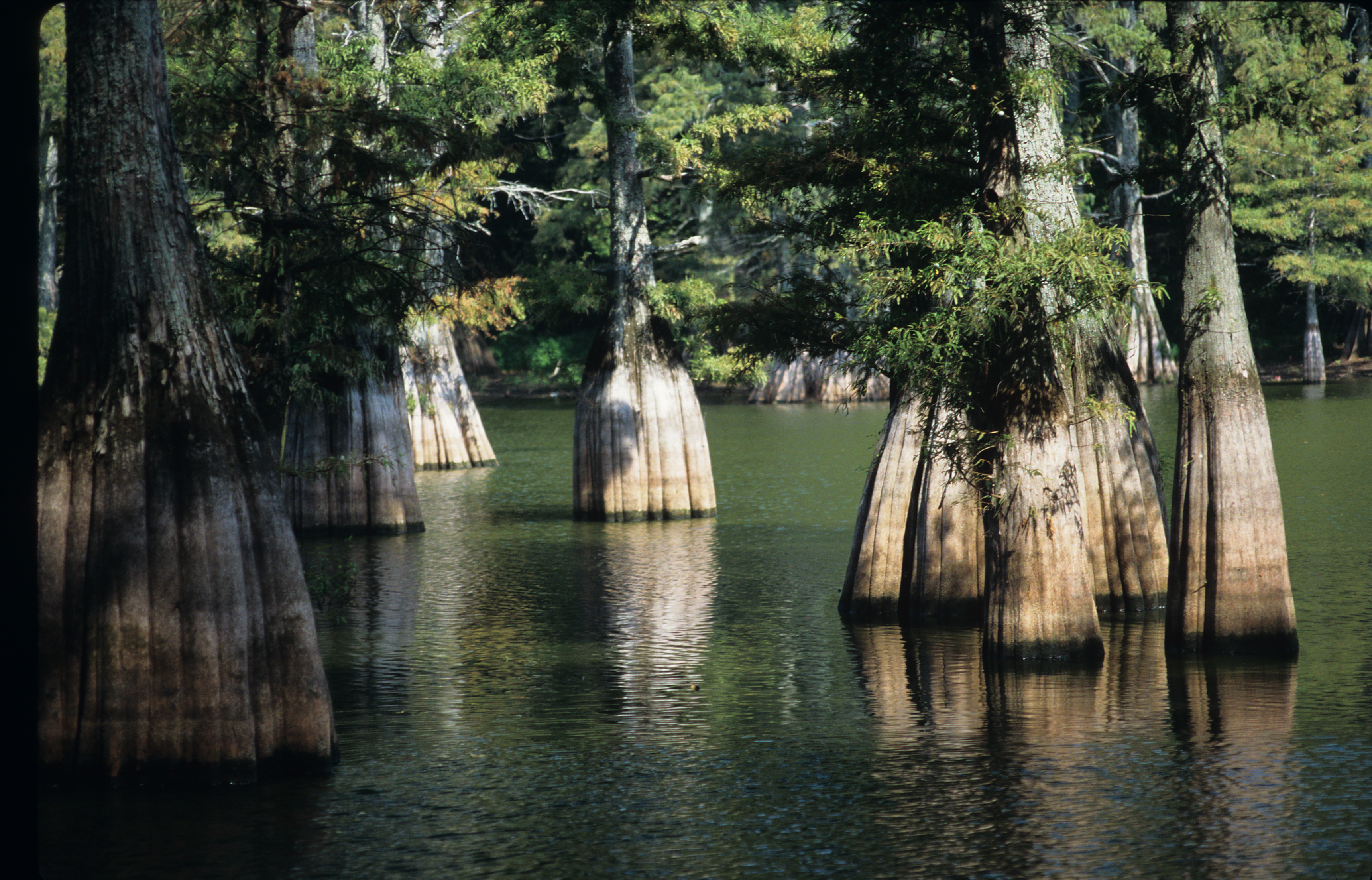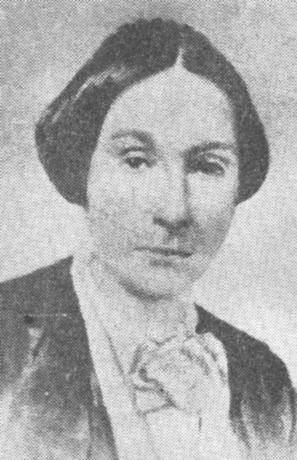|
Battle Of The Neches
The Battle of the Neches, the main engagement of the Cherokee War of 1838–1839 (part of the Texas–Indian Wars), took place on 15–16 July in 1839 in what is now the Redland community (between Tyler and Ben Wheeler, Texas). It resulted from the Córdova Rebellion and Texas President Mirabeau Bonaparte Lamar's determination to remove the Cherokee people from Texas. Many Cherokee had migrated there from the American Southeast to avoid being forced to Indian Territory. Background During Sam Houston's first term as president of Texas, while maintaining the Texas Rangers to police rogue Indians, Houston used diplomacy and presents to keep the peace on the frontier with the Comanche and Kiowa, and treated with his allies, the Cherokee. Houston had lived with the Cherokee and had earned his reputation among Native Americans for fairness and decency. [...More Info...] [...Related Items...] OR: [Wikipedia] [Google] [Baidu] |
Indian Territory
The Indian Territory and the Indian Territories are terms that generally described an evolving land area set aside by the United States Government for the relocation of Native Americans who held aboriginal title to their land as a sovereign independent state. In general, the tribes ceded land they occupied in exchange for land grants in 1803. The concept of an Indian Territory was an outcome of the US federal government's 18th- and 19th-century policy of Indian removal. After the American Civil War (1861–1865), the policy of the US government was one of assimilation. The term ''Indian Reserve'' describes lands the British set aside for Indigenous tribes between the Appalachian Mountains and the Mississippi River in the time before the American Revolutionary War (1775–1783). Indian Territory later came to refer to an unorganized territory whose general borders were initially set by the Nonintercourse Act of 1834, and was the successor to the remainder of the Missouri T ... [...More Info...] [...Related Items...] OR: [Wikipedia] [Google] [Baidu] |
Killough Massacre
The Killough massacre is believed to have been both the largest and last Native American attack on white settlers in East Texas. The massacre took place on October 5, 1838, near Larissa, Texas, in the northwestern part of Cherokee County. There were eighteen victims, including Isaac Killough, Sr., and his extended family (viz. the families of four sons and two daughters). They had immigrated to the Republic of Texas from Talladega County, Alabama, in 1837. Context Apparently unaware that the land made available to them was hotly disputed by the Cherokee Indians who lived in the area, Isaac Killough and his homesteaders began clearing land for crops and building homes. Only a year earlier, however, the area surrounding their settlement had been set aside for the Cherokee under a treaty negotiated and signed by Sam Houston and John Forbes. When the Republic of Texas Senate refused to ratify the treaty and then, in December 1838, formally nullified it, the Cherokee, who already ... [...More Info...] [...Related Items...] OR: [Wikipedia] [Google] [Baidu] |
Neches River
The Neches River () begins in Van Zandt County west of Rhine Lake and flows for through the piney woods of east Texas, defining the boundaries of 14 counties on its way to its mouth on Sabine Lake near the Rainbow Bridge. Two major reservoirs, Lake Palestine and B. A. Steinhagen Reservoir are located on the Neches. The Angelina River (containing Sam Rayburn Reservoir) is a major tributary with its confluence at the north of Lake B. A. Steinhagen. Tributaries to the south include Village Creek and Pine Island Bayou, draining much of the Big Thicket region, both joining the Neches a few miles north of Beaumont. Towns and cities located along the river including Tyler, Lufkin, and Silsbee, although significant portions of the Neches River are undeveloped and flow through protected natural lands.Phillips, Bob, (foreword). 2008. The Roads of Texas. MAPSCO Inc. Addison, Texas. 176 pp. In contrast, the lower 40 miles of the river are a major shipping channel, highly industria ... [...More Info...] [...Related Items...] OR: [Wikipedia] [Google] [Baidu] |
Seguin, Texas
Seguin ( ) is a city in and the county seat of Guadalupe County, Texas, United States; as of the 2020 census, its population was 29,433. Its economy is primarily supported by a regional hospital, as well as the Schertz-Seguin Local Government Corporation water-utility, that supplies the surrounding Greater San Antonio areas from nearby aquifers as far as Gonzales County. Several dams in the surrounding area are governed by the main offices of the Guadalupe-Blanco River Authority, headquartered in downtown Seguin. Seguin, named in honor of Juan Seguín, a Tejano Texian freedom fighter and early supporter of the Republic of Texas, is one of the oldest towns in Texas, founded just 16 months after the Texas Revolution began. The frontier settlement was a cradle of the Texas Rangers and home to the celebrated Captain Jack Hays, perhaps the most famous Ranger of all. At this time, the Seguin area was a part of Gonzales County, the remaining portion known as present-day Belmont. ... [...More Info...] [...Related Items...] OR: [Wikipedia] [Google] [Baidu] |
Thomas Jefferson Rusk
Thomas Jefferson Rusk (December 5, 1803July 29, 1857) was an early political and military leader of the Republic of Texas, serving as its first Secretary of War as well as a general at the Battle of San Jacinto. He was later a US politician and served as a Senator from Texas from 1846 until his suicide. He served as the President pro tempore of the United States Senate in 1857. Early life Rusk was born in Pendleton, South Carolina, to John Rusk, a stonemason, and Sterritt Rusk. After being admitted to the bar in 1825, Rusk began his law practice in Clarkesville, Georgia. In 1827, he married Mary F. (Polly) Cleveland, the daughter of General Benjamin Cleveland, grandson of Col. Benjamin Cleveland of King's Mountain fame. Rusk became a business partner of his father-in-law after the marriage. He lived in the gold region of Georgia and made sizable mining investments. In 1834, however, the managers of the company in which he had invested embezzled all the funds and fled to Mexi ... [...More Info...] [...Related Items...] OR: [Wikipedia] [Google] [Baidu] |
Angelina River
The Angelina River is formed by the junction of Barnhardt and Shawnee creeks northwest of Laneville in southwest central Rusk County, Texas. The river flows southeast for and forms the boundaries between Cherokee and Nacogdoches, Angelina and Nacogdoches, and Angelina and San Augustine counties. It passes under US 59 via former Angelina River Bridge. It empties into the Neches River north of Jasper in northwestern Jasper County. The Sam Rayburn Reservoir is on the southern part of the river. History The river was named for a native Hasinai girl whom Spanish missionaries called Angelina. It was well known to Spanish and French explorers and to missionaries in East Texas. Spanish land grants along the stream date back to the later eighteenth century, and there was considerable settlement in the area during the Mexican period. In 1832, the Battle of Nacogdoches spilled over onto the Angelina, when James Bowie ambushed the fleeing Mexican army at this river. River tr ... [...More Info...] [...Related Items...] OR: [Wikipedia] [Google] [Baidu] |
Tejanos
Tejanos (, ; singular: ''Tejano/a''; Spanish for "Texan", originally borrowed from the Caddo ''tayshas'') are the residents of the state of Texas who are culturally descended from the Mexican population of Tejas and Coahuila that lived in the region prior to it becoming what is now known as the state of Texas before it became a U.S. state in 1845. The term is also sometimes applied to all Texans of Mexican descent. The original word Tejano, with a "J" not an "X', comes from the indigenous Caddo people's language, from the word ''tayshas'', in which the word means "friend" or "ally", a title given to the indigenous population that moved northward by early Aztec and Spanish rulers and combined forces, including, but not limited to, the Lipan N'de Apache People, Coahuiltecas, and Huasteca indigenous people from Zacatecas. The Aztec and Spanish combined forces (the early Casta foundations of the Mexican government) drove original Tejanos northward for nearly 500 years. Fleeing ... [...More Info...] [...Related Items...] OR: [Wikipedia] [Google] [Baidu] |
Nacogdoches, Texas
Nacogdoches ( ) is a small city in East Texas and the county seat of Nacogdoches County, Texas, United States. The 2020 U.S. census recorded the city's population at 32,147. Nacogdoches is a sister city of the smaller, similarly named Natchitoches, Louisiana, the third-largest city in the southern Ark-La-Tex. Stephen F. Austin State University is located in Nacogdoches. History Early years Local promotional literature from the Nacogdoches Convention and Visitors Bureau describes Nacogdoches as "The Oldest Town in Texas". Evidence of settlement at the same site dates back to 10,000 years ago. It is near or on the site of Nevantin, the primary village of the Nacogdoche tribe of Caddo Indians. Nacogdoches remained a Caddo Indian settlement until the early 19th century. In 1716, Spain established a mission there, Misión Nuestra Señora de Guadalupe. That was the first European construction in the area. The "town" of Nacogdoches got started after the French had vacated the ... [...More Info...] [...Related Items...] OR: [Wikipedia] [Google] [Baidu] |
Texians
Texians were Anglo-American residents of Mexican Texas and, later, the Republic of Texas. Today, the term is used to identify early settlers of Texas, especially those who supported the Texas Revolution. Mexican settlers of that era are referred to as Tejanos, and residents of modern Texas are known as Texans. History Colonial settlement Many different immigrant groups came to Texas over the centuries. Spanish colonists in the 17th century linked Texas to the rest of New Spain. French and English traders and settlers arrived in the 18th century, and more numerous German, Dutch, Swedish, Irish, Scottish, Scots-Irish, and Welsh immigrated in the years leading up to Texas independence in 1836. Before Texas became a sovereign nation in 1836, Texian referred to any resident, of any color or language. In 18341836, the Texian Army was organized for the Texas Revolution of independence from Mexico, a nation which had won its independence from Spain in 1821. The Texian Army was ... [...More Info...] [...Related Items...] OR: [Wikipedia] [Google] [Baidu] |
Kiowa
Kiowa () people are a Native American tribe and an indigenous people of the Great Plains of the United States. They migrated southward from western Montana into the Rocky Mountains in Colorado in the 17th and 18th centuries,Pritzker 326 and eventually into the Southern Plains by the early 19th century. In 1867, the Kiowa were moved to a reservation in southwestern Oklahoma. Today, they are federally recognized as Kiowa Indian Tribe of Oklahoma with headquarters in Carnegie, Oklahoma. , there were 12,000 members. The Kiowa language (Cáuijògà), part of the Tanoan language family, is in danger of extinction, with only 20 speakers as of 2012."Kiowa Tanoan" ''Ethnologue.'' Retrieved 21 June 2012. Name In the Kiowa language, Kiowa call themselves[...More Info...] [...Related Items...] OR: [Wikipedia] [Google] [Baidu] |





